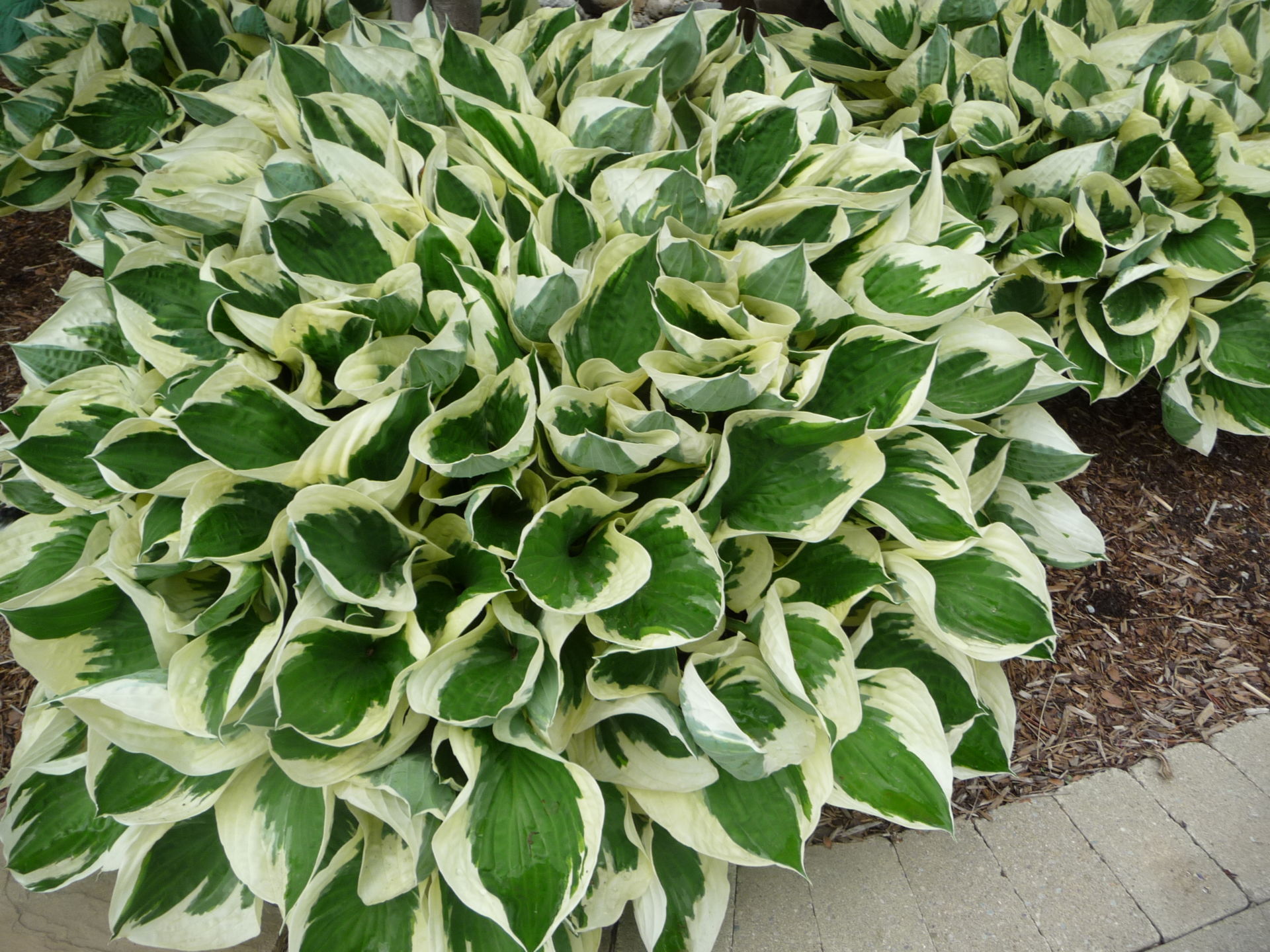Hosta Personality
Garden Clippings for June 9, 2018
Everybody loves Hostas. Rightfully so. Hostas are the most versatile and trustworthy plant in everyone’s garden.
According to the American Hosta Society, Hostas are the most popular family of perennials. While Daylilies outnumber Hostas in varieties, Hostas rule the roost in terms of sheer numbers that are bought and sold.
Hostas are king of the shade garden. Where it is so dark from trees overhead that even grass won’t grow, Hostas don’t skip a beat. Even under Maple trees where aggressive roots dominate the soil, Hostas perform remarkably well.
There is a Hosta for every garden. Where size matters, ‘Sum and Substance’ grows to nearly 4 feet high with lime green leaves that can measure 1 feet wide by 2 feet long. Where space is restricted ‘Mouse Ears’ grows to only a few inches high, with blue-green foliage that mimics the size and shape of mouse ears.
I like Hostas for their personality. At the end of the year, when winter approaches, Hostas are bitten by frost and begin to deteriorate. By December 21, the shortest day of the year, Hostas have fallen over and succumbed to deep sleep. They remain dormant until early April at which time they poke a pointed shoot through the earth. The shoot sits tight until it feels warm enough to stretch.
As soon as weather is warm enough, Hostas spring into action. Within 2 or 3 weeks, they will explode into nearly their full size. By June 21, the longest day of the year, Hostas are in their full glory. Spring’s cool weather and ample moisture keeps them looking blemish free.
When July’s hot weather arrives, Hostas cool their jets. If planted in full sun and where moisture is lacking, Hostas might become upset and will show their disdain by turning their leaf edges crisp. But by mid-summer they will reward the gardener with delightful flower stems rising above their weary foliage.
For some gardeners, the flowers of Hosta are nothing special. After all, it is the leaves that makes a Hosta what it is. But for Hosta gurus, flowers are highly valued for their colour, fragrance and beauty. Hosta’s long-lasting blooms make a nice addition to a mixed bouquet for indoor enjoyment.
By late Autumn, Hostas go into maintenance mode. Their leaves don’t appear as vibrant, because their roots have hit mid-life crisis. That’s why September and October are the best time to split, divide, and transplant Hostas. Although not necessary to ever do so, Hostas can easily be split every three or four years and shared with neighbours and friends.
Some of my favorite Hostas include ‘Patriot’ with purest white leaf margins contrasting sharply with solid green foliage. ‘Guacamole’ as the name suggests, has vivid lime green foliage. ‘Blue Moon’ is one of the bluest varieties with big broad leaves. ‘Krossa Regal’, also blue, is tall with upright stems. ‘Kaptain Kirk’ is a newer introduction with yellow leaves and green margins. ‘Ginko Craig’ is a low grower with slender variegated foliage.


